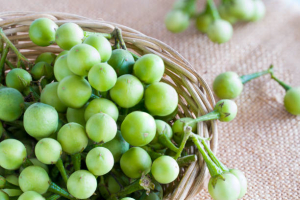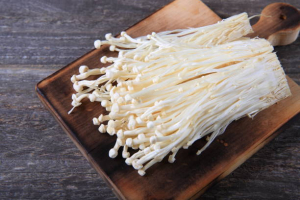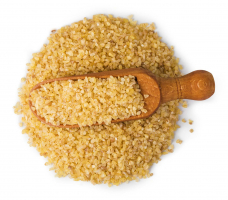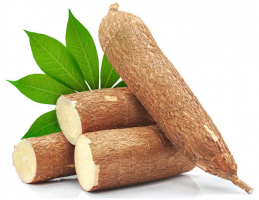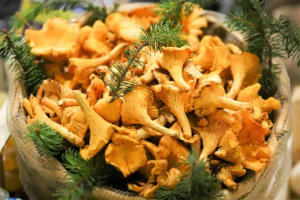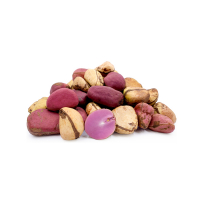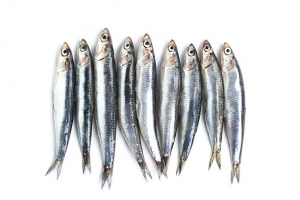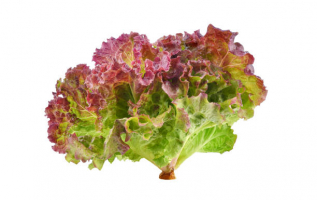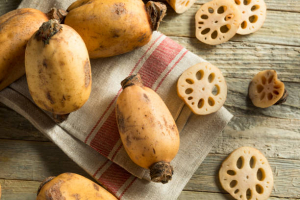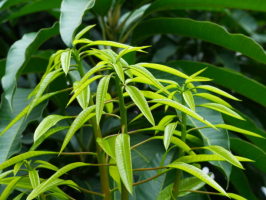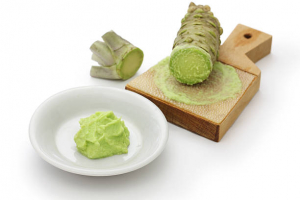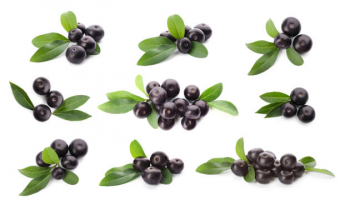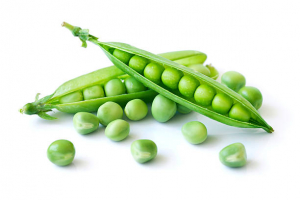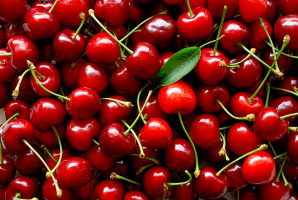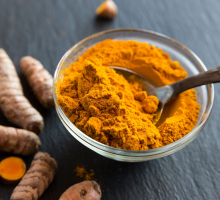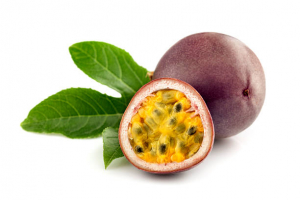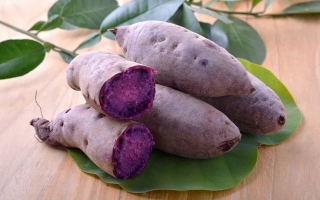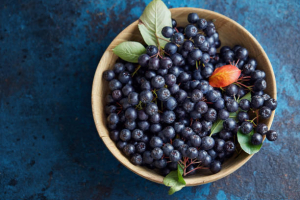Top 5 Health Benefits of Sapodilla
There are thousands of different types of fruits and vegetables grown around the world, many of which you may have never heard of, yet most people only ... read more...regularly consume a handful of favorites. Despite being popular in countries like India, Thailand, and Mexico, the sapodilla is a fruit that few Americans are familiar with. Everything you need to know about sapodilla, including its nutritional profile and potential health advantages, is covered in this article.
-
Sapodilla is a good source of a number of vitamins and minerals. It’s also rich in fiber. Here’s the nutrition breakdown for a 6-ounce (170-gram) sapodilla fruit:
- Calories: 141
- Carbs: 34 grams
- Protein: 0.7 grams
- Fat: 1.8 grams
- Fiber: 9 grams
- Vitamin C: 28% of the Daily Value (DV)
- Folate: 6% of the DV
- Pantothenic acid (B5): 9% of the DV
- Iron: 8% of the DV
- Potassium: 7% of the DV
- Copper: 16% of the DV
- Magnesium: 5% of the DV
There are thousands of different types of fruits and vegetables grown around the world, many of which you may have never heard of, yet most people only regularly consume a handful of favorites. Despite being popular in countries like India, Thailand, and Mexico, the sapodilla is a fruit that few Americans are familiar with. Everything you need to know about sapodilla, including its nutritional profile and potential health advantages, is covered in this article.
There are thousands of different types of fruits and vegetables grown around the world, many of which you may have never heard of, yet most people only regularly consume a handful of favorites. Despite being popular in countries like India, Thailand, and Mexico, the sapodilla is a fruit that few Americans are familiar with. Everything you need to know about sapodilla, including its nutritional profile and potential health advantages, is covered in this article.
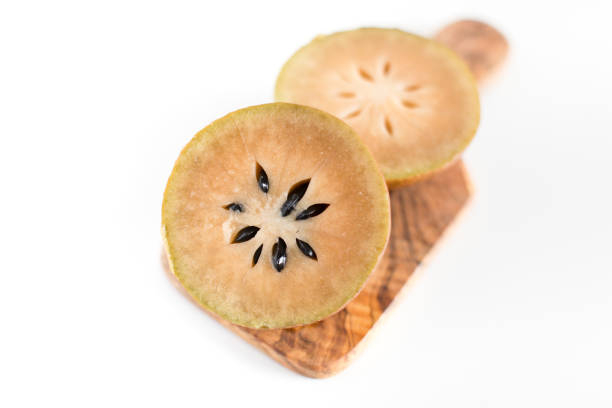
High in nutrients 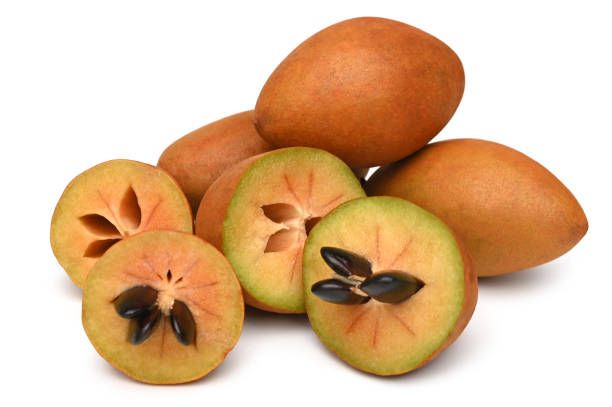
High in nutrients -
Triterpenes and polyphenols like tannins and flavonoids have been extracted from sapodilla fruit together with other bioactive substances. Gallic acid and quercetin, two phenolic components with strong antioxidant activity, are found in sapodilla fruit extracts, for instance. According to studies, eating a diet rich in polyphenols like gallic acid and quercetin may lower the risk of a variety of chronic diseases, including type 2 diabetes and heart disease. Intriguingly, a study including 4,592 individuals discovered that a larger intake of polyphenols was negatively correlated with biological aging. The underlying aging processes that forecast overall mortality and illness risk are referred to as biological aging. Unlike chronological aging, which merely gauges the passage of time or your age, it goes beyond that.
This advantage stems from the potent antioxidant and anti-inflammatory qualities of polyphenols, which help shield your body's cells from harm that may otherwise hasten the biological aging process and raise your risk of disease. Sapodilla extract contains strong antioxidant properties and may help prevent cellular damage, according to previous test-tube and rodent research. For instance, research on rats with toxin-induced liver damage discovered that sapodilla fruit extract improved markers of liver damage. But keep in mind that you don't necessarily have to eat sapodilla to get these advantages. All fruits and vegetables have anti-inflammatory properties that are good for the body when regularly ingested as part of a balanced diet.
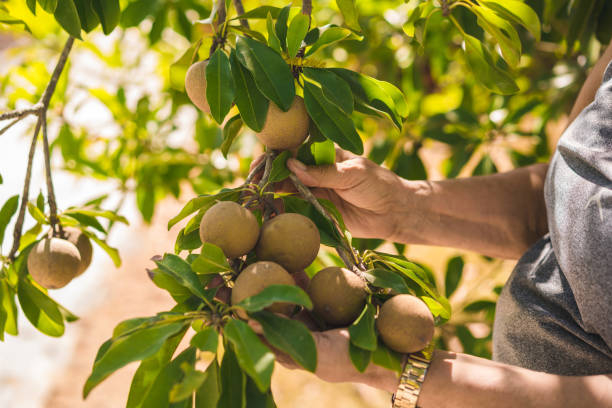
A source of powerful plant compounds 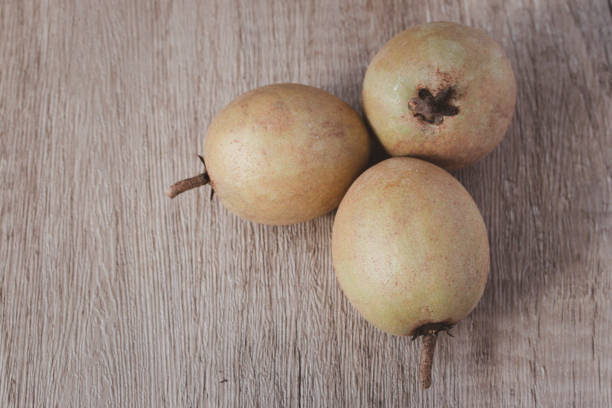
A source of powerful plant compounds -
Fiber, a nutrient critical for intestinal health, heart health, and maintaining a healthy weight, is abundant in sapodilla. More specifically, fiber keeps you regular, encourages feelings of fullness, and controls blood sugar and cholesterol levels in addition to helping feed your gut bacteria. Sapodilla had the highest fiber content, according to an earlier study that evaluated the fiber content of 37 fruits that are frequently purchased in Thailand, including durian, guava, apple, Chinese pear, and star fruit. Sapodillas are an impressive source of fiber, with 5.3-11.5 grams every 3.5-ounce (100-gram) meal.
Adult women under the age of 50 are advised to ingest 25 grams of fiber daily. For men under 50, 38 grams is the target. The average American only consumes 15 grams daily. You may meet your daily fiber requirements and lower your risk of developing illnesses like colon cancer and heart disease by eating sapodillas and other fiber-rich foods like fruits, beans, and vegetables.
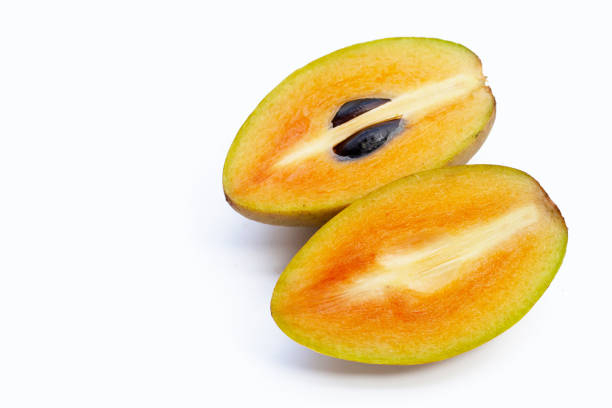
High in fiber 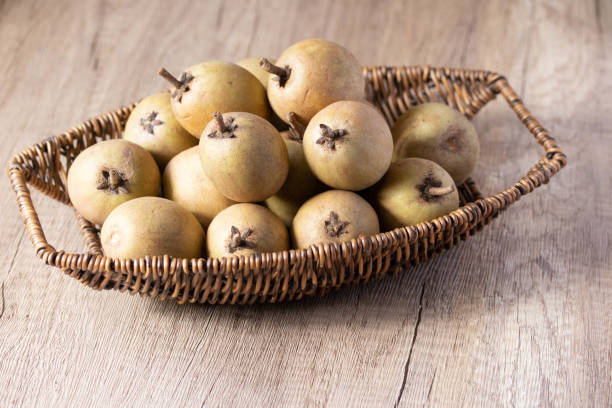
High in fiber -
Sapodillas are rich in a variety of phytochemicals, dietary fiber, and vitamins and minerals, particularly copper and vitamin C, both of which enhance immune function. They provide a good amount of potassium, a mineral that is often missing in people's diets. The neurological system, blood pressure regulation, and other processes all depend on potassium. Lack of potassium can have negative effects on your health in a number of ways, including a rise in the risk of heart attack and stroke.
Sapodilla fruit may also decrease cholesterol and blood sugar levels, according to research done on rodents. One study, for instance, discovered that administering sapodilla fruit juice to animals for 50 days significantly lowered blood fat and blood sugar levels. Older rodent experiments have also demonstrated the anticancer effect of sapodilla fruit extract. It's yet unknown, though, whether sapodilla produces the same effects on people who consume it normally.
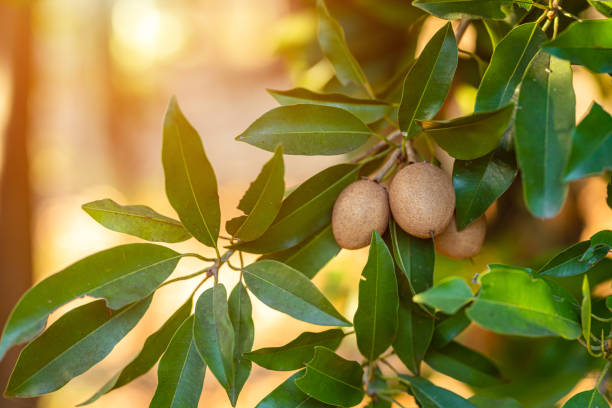
Support immune function 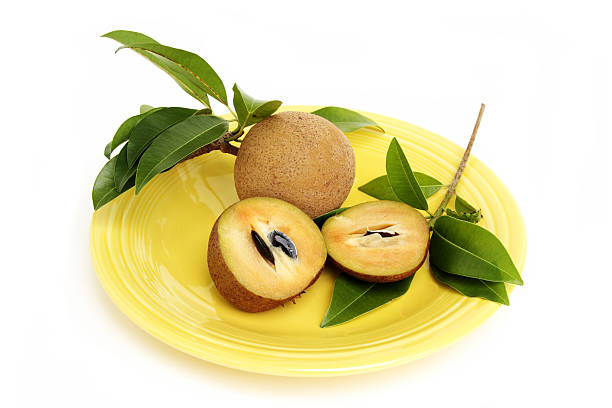
Support immune function -
Sapodillas have a lot of dietary fiber, which is something that has been emphasized a lot but is still important to emphasize. Although you have been taught that fiber is extremely beneficial for your health since a young age, the research indicates that the vast majority of people do not consume enough of it. Particularly beneficial to your digestive system is fiber. It can improve overall digestive health and aid with many of the well-known digestive symptoms, such as indigestion, constipation, and diarrhea. Fiber may also lower the risk of inflammatory bowel diseases, heart disease, and even colon cancer, according to a large body of research.
Sapodilla is the ideal food for preserving a healthy, youthful complexion because it contains a wide variety of minerals and antioxidant components. The fruit's vitamin E, which gives the skin a healthy glow, and antioxidant components can help prevent many of the telltale symptoms of aging. The sapodilla fruit's seed is also used to extract an oil that is used to treat a number of skin conditions.
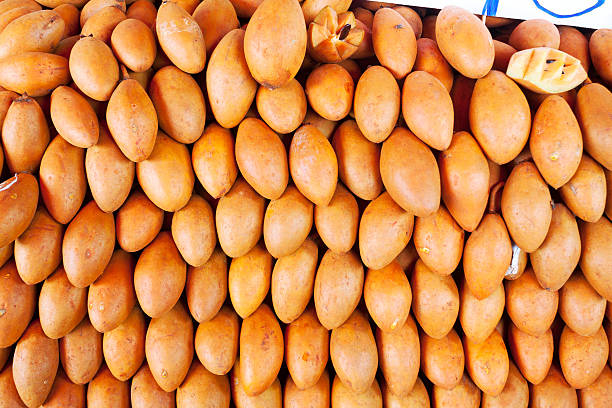
Improve digestion and skin care 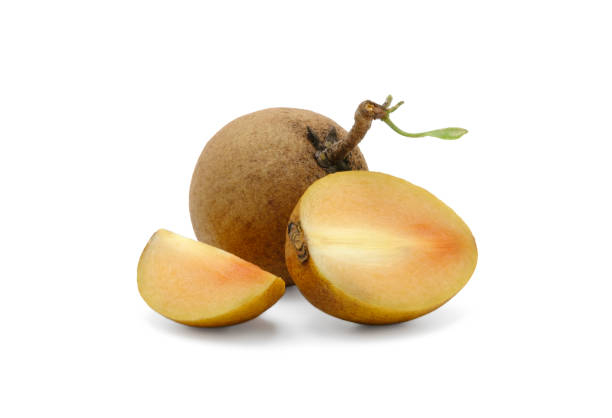
Improve digestion and skin care







